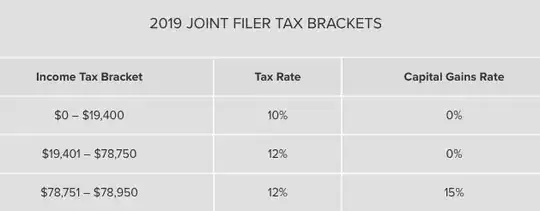Expanding a bit on J. Mini's answer, which I think is the biggest point here: the answer is because some investors want dividends, not further investment by the company.
Profitable companies could be thought of as being in one of three phases: rapid expansion; steady growth; or established companies with little room for growth (or even contracting).
Companies in phase 1 are not paying dividends - they're putting every cent of profits back into the company to grow.
Companies in phase 2 could pay dividends, if they have extra money they don't have anything useful to put it in.
Companies in phase 3 are basically always paying dividends; any money they don't pay back in dividends is just going to sit in a bank account somewhere gathering dust.
As to why paying this as a dividend makes sense over keeping it: because it's how you pay back investors. You're right that you reduce the value of the company some, but it's basically irrelevant - other than having a rainy-day fund [which companies should have, but investors often aren't too keen on], the point of a company is to turn $1 input to $5 output, right? Cash in a bank account is turning $1 input to $1.01 output; that's not very interesting, and I'd much rather have that cash myself so I can further invest it.
Selling an equivalent part of the company would give me the same amount today, but again remember the point of any company: to turn $1 into $5. Work out the math here in an (very simplified) example.
- Today I own 10% of company A, which has value $1M. I own $100k in value. It is in phase 3, so it will not reinvest those in growth.
- Q1, company A reports $100k profits
- Q2, company A reports $100k profits
- Q3, company A reports $100k profits
- Q4, company A reports $100k profits
In the dividend scenario, company A would pay out $100k dividends each quarter.
- After Q1, company A is still worth $1M (as it gave its profits away, so it still has the value it had before); I have $10k extra, so I buy some extra Company A, now owning 11%.
- After Q2, same scenario; I got $11k dividends, though, so now I can buy 1.1% more company A, taking me to 12.1%.
- After Q3, I got $12k dividends (let's round off here), so I now can buy 1.2% more company A, taking me to 13.3%.
- After Q4, I got $13k dividends, again rounding, so I can buy 1.3% more company A, taking me to 14.6%.
So now I have 14.6% of company A, or $146,000 in value.
In the second scenario, company A holds onto their cash...
- Q1, Company A makes $100k, and is now worth $1.1M
- Q2, Company A makes $100k, and is now worth $1.2M
- Q3, Company A makes $100k, and is now worth $1.3M
- Q4, Company A makes $100k, and is now worth $1.4M
So now you own 10% of that, and have $140k in value - $6k less than in the first scenario.
Finally, to show you why the activist investors want their dividend - what if I sold off shares instead of taking my dividend?
- Q1, Company is now worth $1.1M. I sell off $10k worth of shares, or a bit over 9% of my holding. I now hold 9.1%.
- Q2, Company is now worth $1.2M. I sell off $10k worth of shares, .83% of the company - now holding a bit under 8.3% of the company.
- Q3, Company is now worth $1.3M. I sell off .77% of the company; I now hold about 7.5%.
- Q4, Company is now worth $1.4M. I sell off .71% of the company, leaving me with 6.8%.
So now I hold 6.8% of a $1.4MM compaany, a holding worth $95k, plus that $40k I got from sales - quite a bit worse off than in the dividend scenario, even if you take away the reinvesting; keeping 10% of the company would leave me with $5k more. Obviously I could be reinvesting that $40k in other companies, but why would I want to do that since this company is making 10% profits on a quarterly basis? I want those dividends, either reinvested or not!
To recap, if you reinvest your dividends you end up with $146k at the end of the year, if you just keep your stock and the company doesn't pay dividends you end up with $140k, and if you sell stock each quarter to simulate your own dividend you end with $135k.
